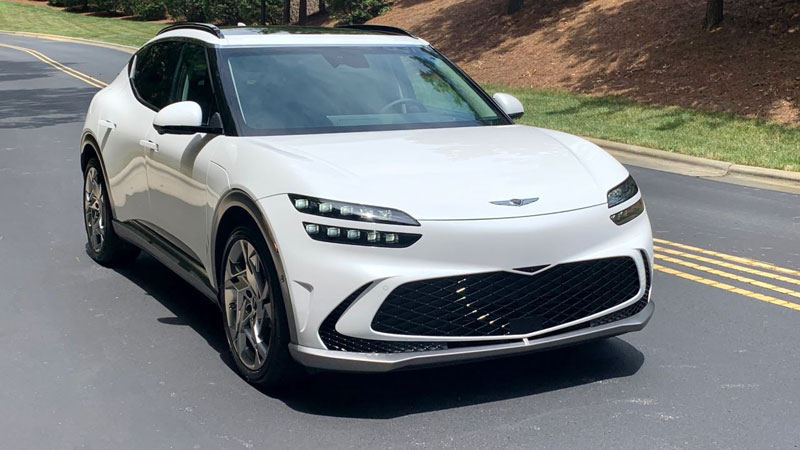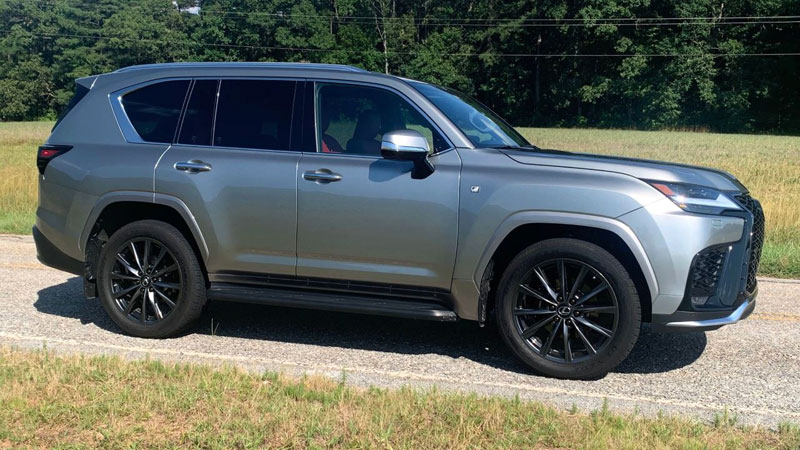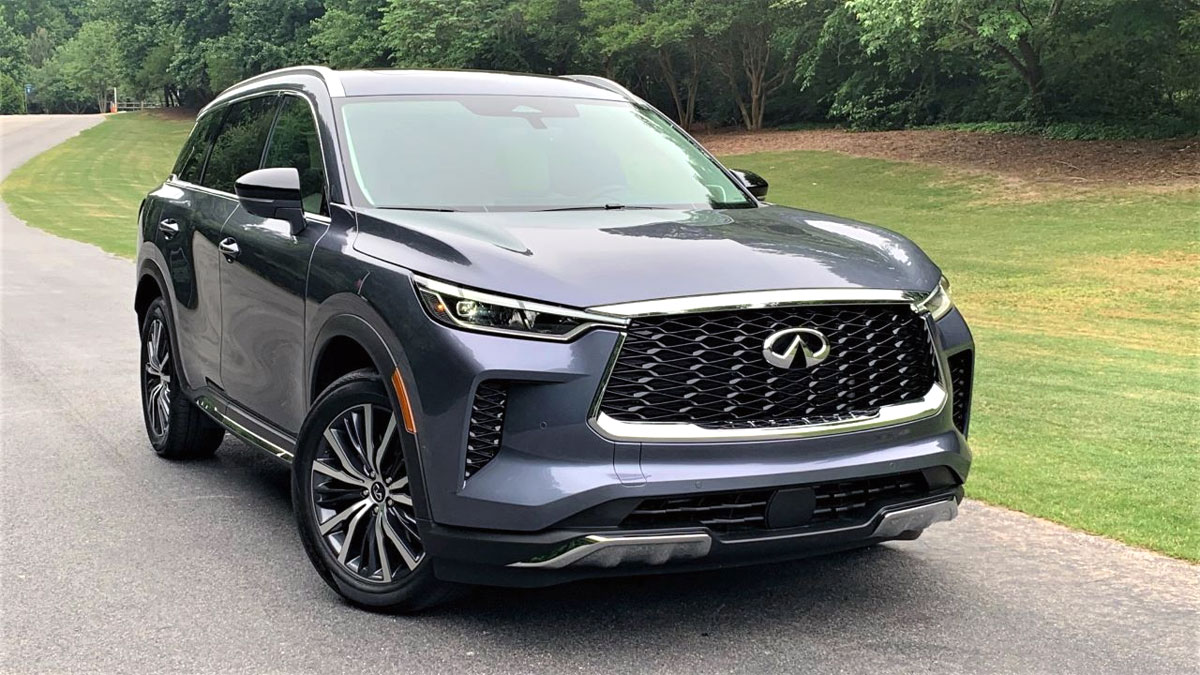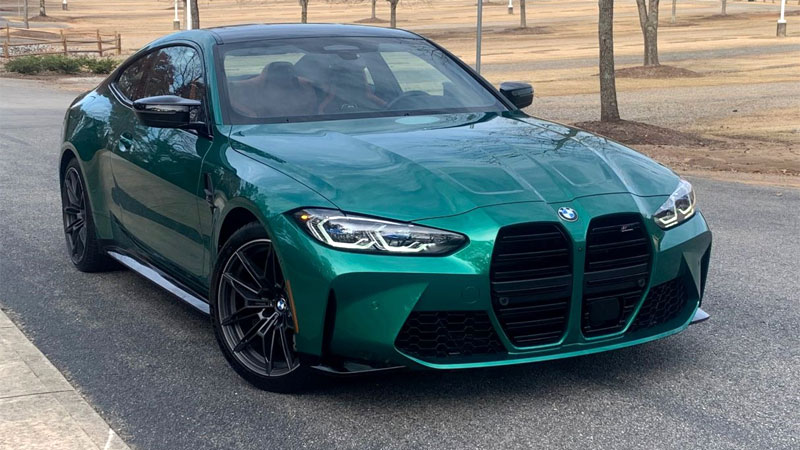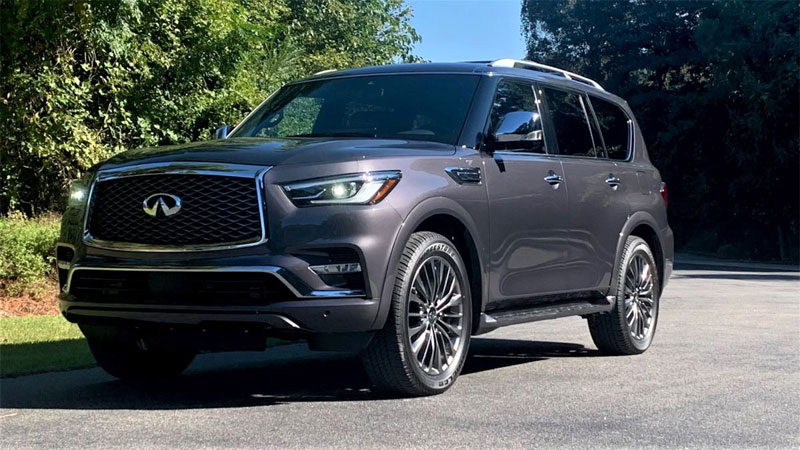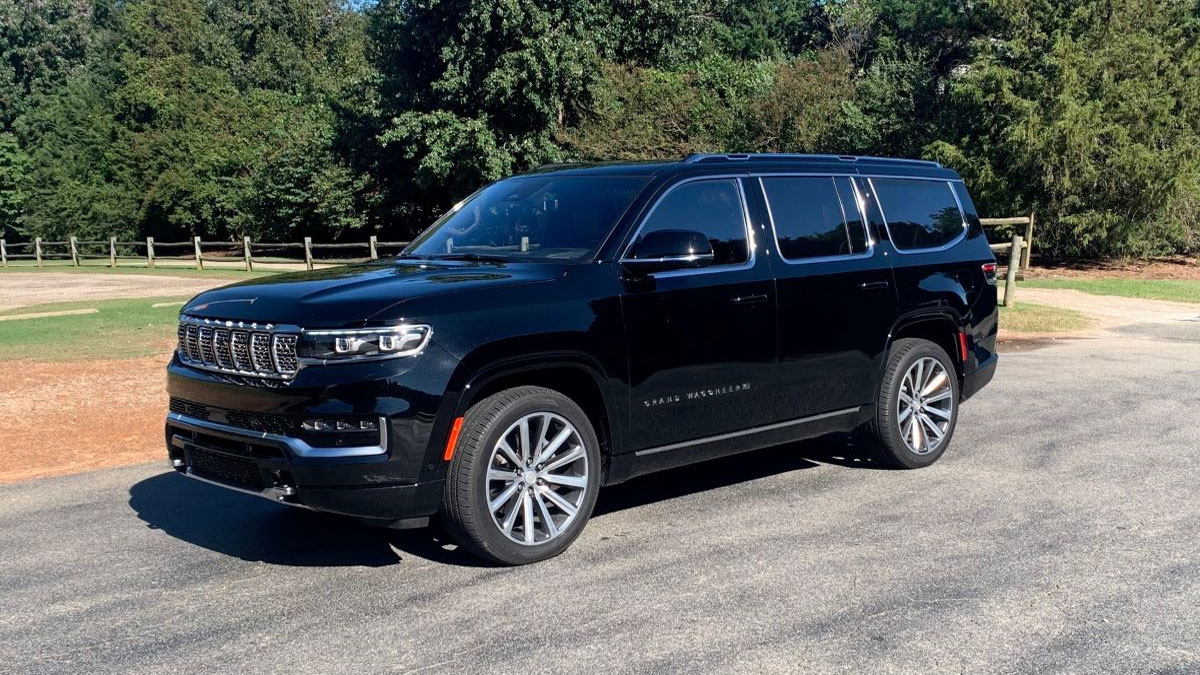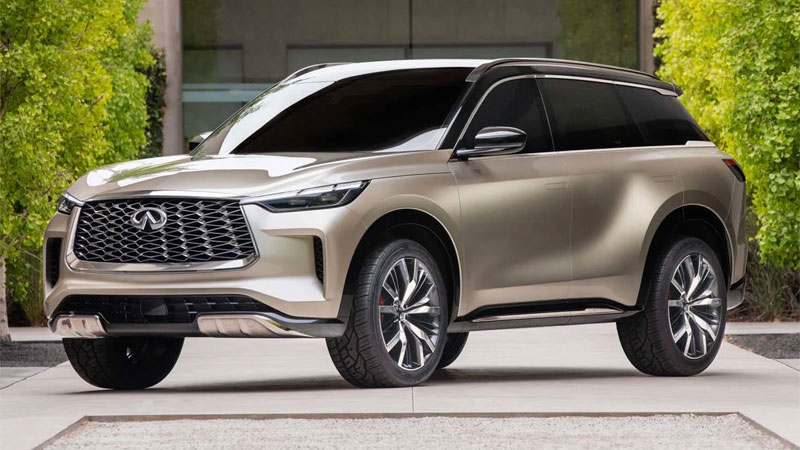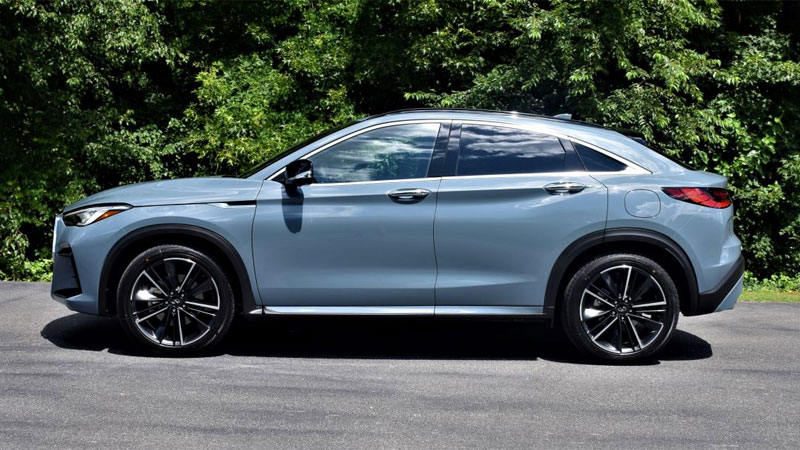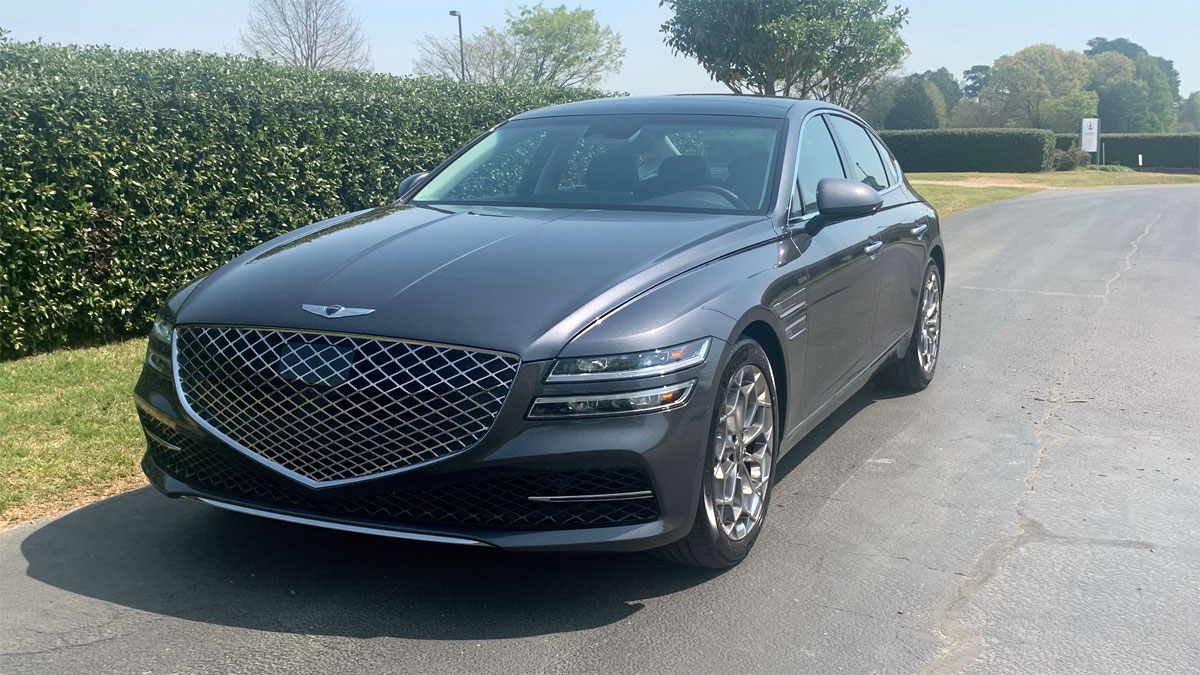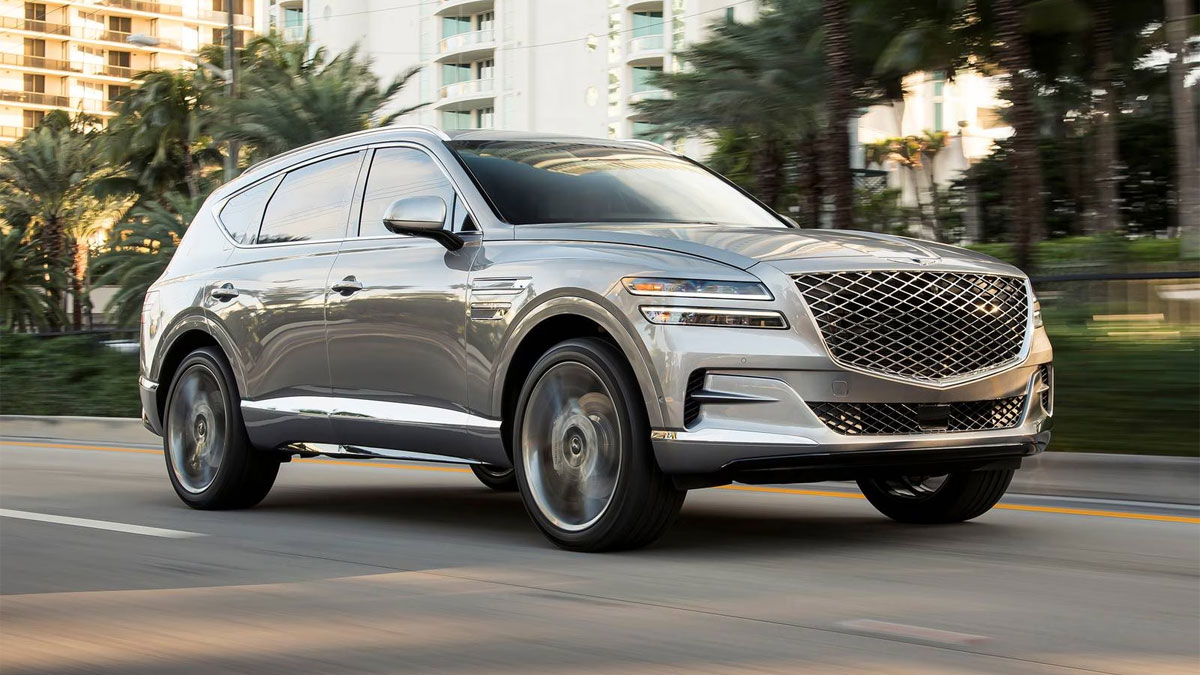The Fully Electric 2023 Genesis GV60 SUV
In 2015 Hyundai decided to spin off its Genesis line to form a new luxury division. The Genesis marque led off with three sedans, followed by three utility vehicles, filling out its promised six-vehicle model line. The latest model is the 2023 Genesis GV60, a compact utility vehicle with room … Read more

